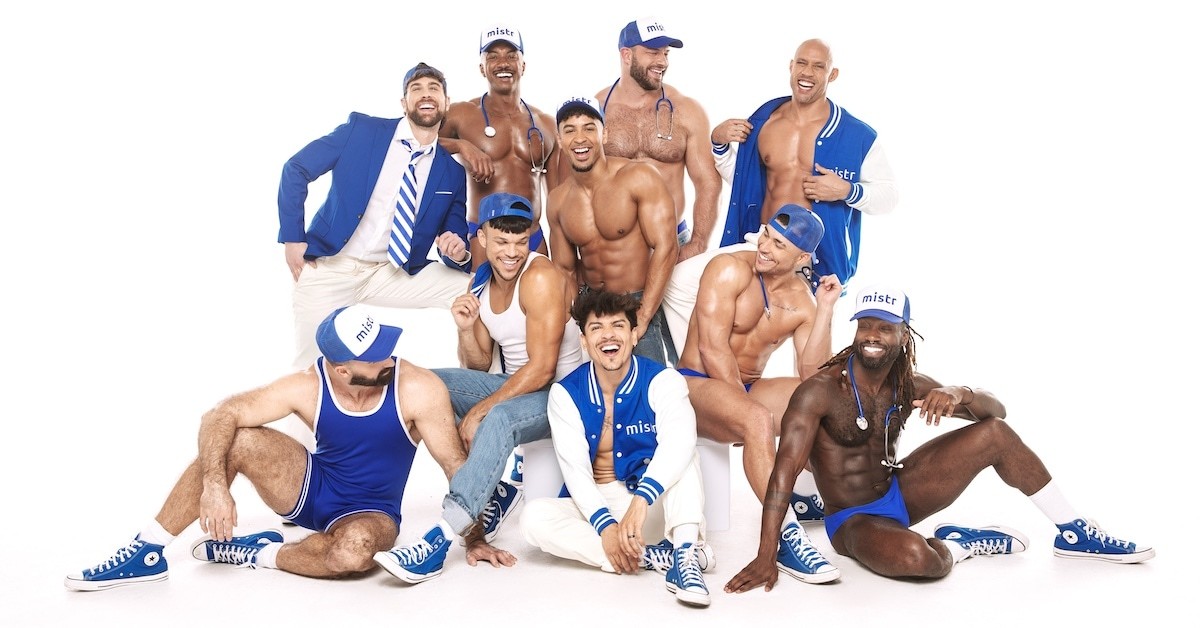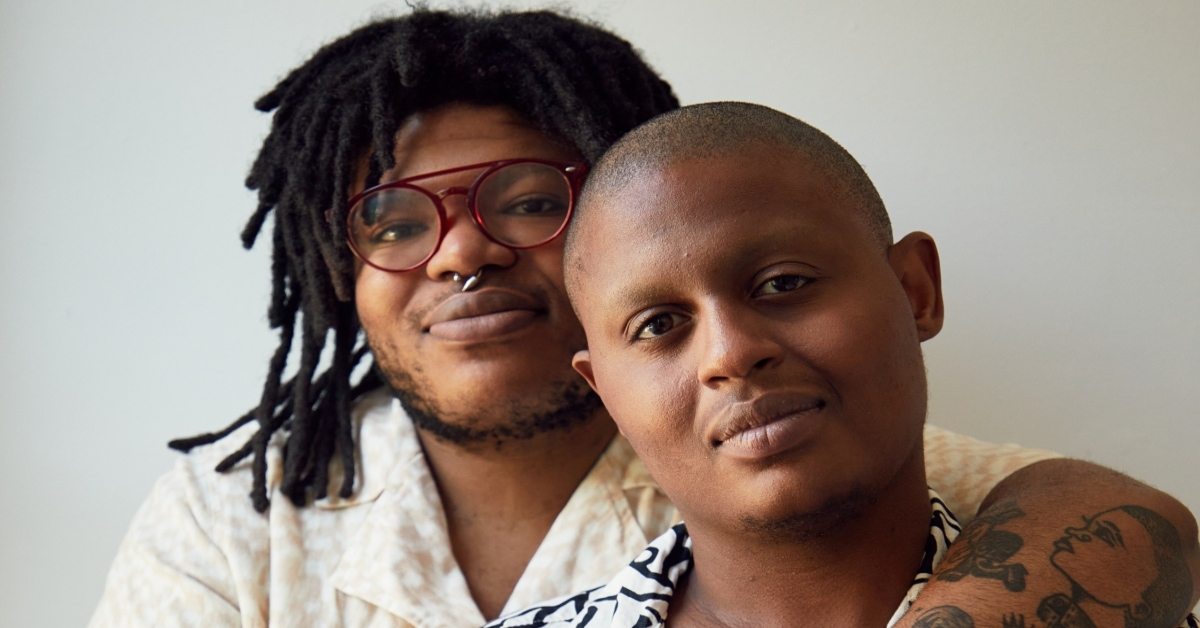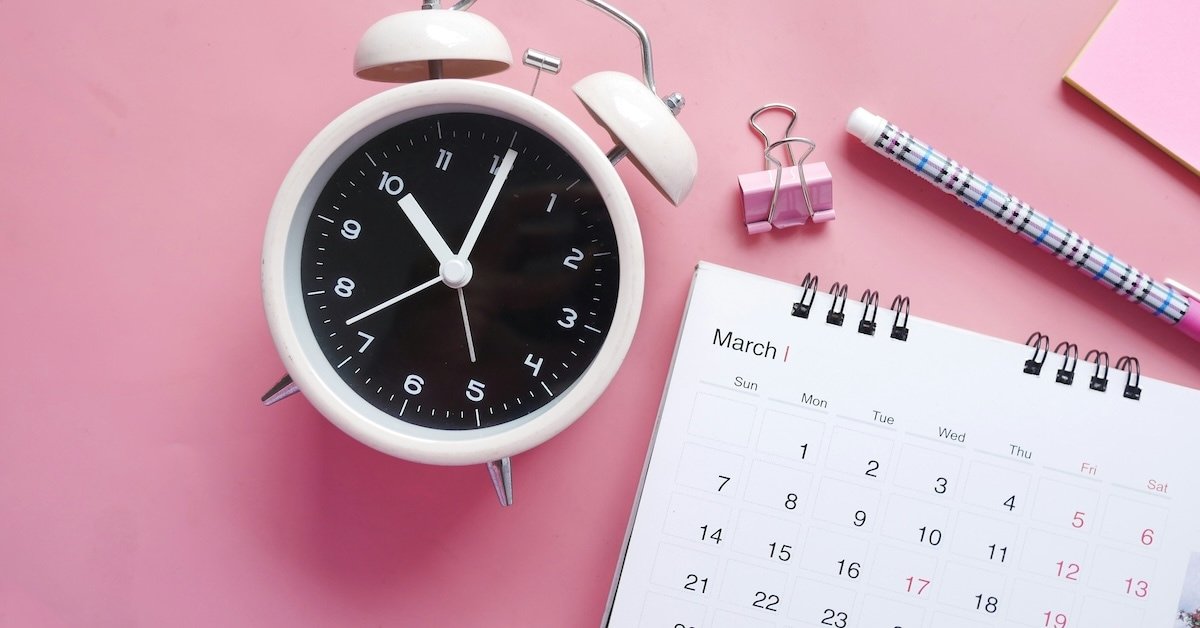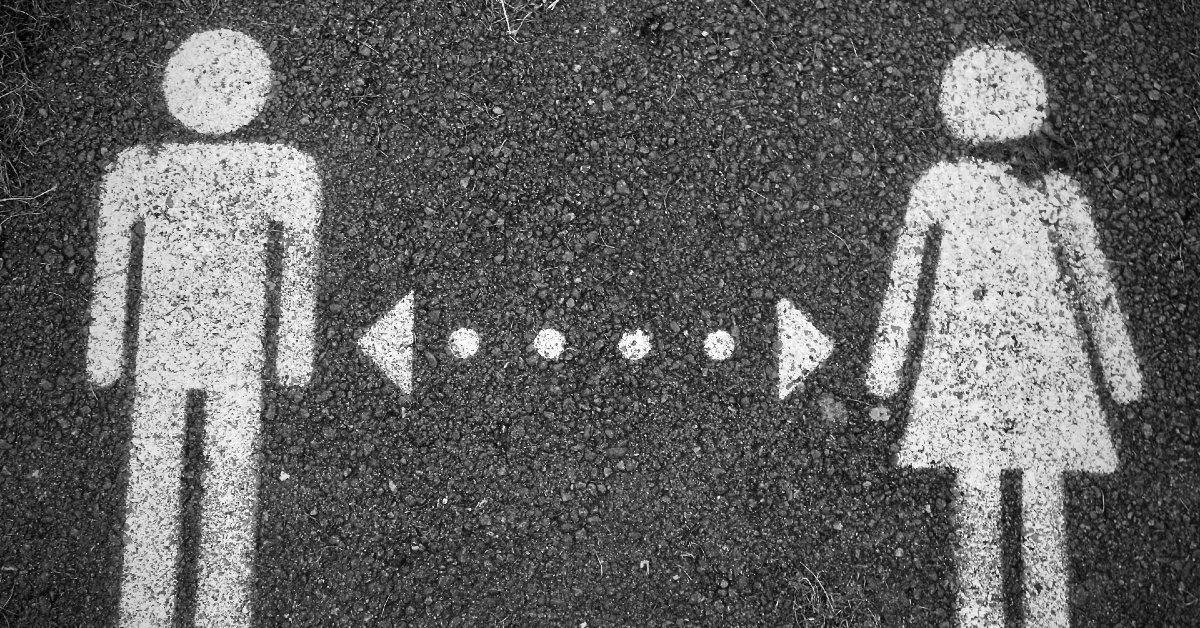BY: Sierra Kennedy
Published 5 months ago

National HIV Testing Day, celebrated on June 27 each year, is an important annual reminder to get tested and know your status. But let’s be real — taking care of your health, especially your sexual health, shouldn’t be limited to one day on the calendar. Whether it’s June or January, knowing your HIV status is an empowering act of self-love and community care that deserves year-round attention.
The Origin of National HIV Testing Day

National HIV Testing Day began in 1995, started by the National Association of People with AIDS. Its mission was straightforward but powerful: encourage everyone to know their HIV status and reduce stigma around testing. Decades later, the message is more effective than ever — and even though the official day has passed, the need for regular testing hasn’t gone anywhere.
When people know their status, they can access treatment earlier, protect their partners, and live longer, healthier lives. HIV testing is not just for you; it’s for awareness across the entire community.
Make Testing Part of Your Routine
Just like you’d schedule an annual physical or dental cleaning, consider HIV testing a normal part of your health routine. The CDC recommends that everyone between the ages of 13 and 64 get tested at least once, and more often if you’re part of a higher-risk group, like LGBTQIA+ individuals, Black and Latinx communities, or anyone with multiple sexual partners.
Many clinics offer free or low-cost testing year-round, not just on National HIV Testing Day. Home testing kits allow you to check your status privately.
Tips for Getting Tested Anytime

1. Choose a trusted site
Visit a clinic, community health center, or LGBTQIA+-friendly space where you feel comfortable and respected. The CDC offers a free testing site locator — simply enter your zip code.
2. Know your testing options
Rapid tests can give results in 20 minutes, while lab tests may take a few days. They have different levels of accuracy and pricing. Find what works best for you.
3. Bring support
A friend or partner can help ease anxiety. Think of it as a wellness date — support and solidarity go a long way.
4. Ask questions
Don’t be afraid to talk to your provider about prevention, PrEP, or treatment options. There are no “dumb” questions when it comes to your health, and you can find helpful lists if you’re having difficulty.
5. Protect your privacy
HIV testing is confidential and, in many places, can even be done anonymously. You deserve care without judgment.
6. Understand prevention options
If negative, discuss tools like PrEP or condoms. If positive, remember: with treatment, you can live a long and healthy life, and an undetectable viral load means the virus is untransmittable (U=U).
7. Share your story — if safe
If you feel comfortable, talking about your experience helps normalize testing and can inspire others to take charge of their health, too.
8. Take advantage of free at-home tests
Thanks to programs like Together TakeMeHome, anyone 17 or older in the U.S. can order up to two free, rapid self-tests every three months — perfect for staying on top of your health from home.
Beyond One Day: Ending the Stigma
Even though National HIV Testing Day is a great reminder, we need to keep the energy going all year. Stigma around HIV still prevents many people, especially in marginalized communities, from getting tested or seeking care. By making testing a normal and regular part of your health routine, you’re helping to dismantle that stigma.
When we prioritize our health and encourage our friends to do the same, we build a culture of openness and care where everyone feels seen and supported.
How often do you get tested? Let’s spread awareness and break the stigma by leaving a comment below!










